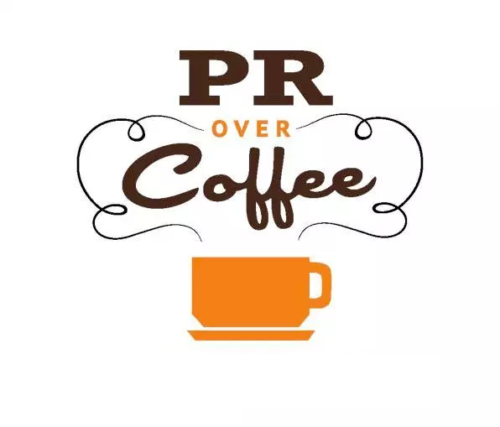In a world of never-ending possibilities, it’s often hard to narrow down your options. This is especially true when figuring out which path you want to take for a career in communications.
Starting an internship is the first step in exploring your interests and beginning to build your long-term professional career as a communication specialist in your field. Below are 7 different types of communication internships that will not only help you learn more about potential career options but also increase your chances of getting hired after graduation.
PR agency
A PR agency is a contracted professional organization that specializes in managing different businesses’ PR by managing their clients’ media content on their behalf. Swyft is a great example of a PR agency you can intern with. Focusing on B2B PR, Swyft specializes in developing brand awareness, increasing website traffic, and driving qualified leads through the sales funnel of a company.
In this type of internship, you will learn the ins and outs of how PR professionals boost a company’s public image. You may find yourself creating content, researching, writing, and communicating with all kinds of media and clients. A PR internship will not only give you a better understanding of how PR works, but it will also prepare you for the fast-paced world of PR as you learn how to handle multiple clients and projects at once.
PR in-house
Interning with an in-house PR department is similar to interning at a PR agency when it comes to tasks involved, but instead of working with multiple clients, in-house PR focuses on just one company. . An in-house PR team works solely for their employer by managing media campaigns, events, and the overall brand.
In this internship, you would help amplify the company’s mission and brand messaging by creating all types of media content, such as press releases, emails, social media posts, and more. You may even help with event planning from time to time. This type of internship will help you specialize in the field of your employer and learn all the different aspects of one company’s PR strategies. This smaller, more focused setting may enable you to become better equipped for an in-house PR job in the future.
Non-profit
If you want to work with a brand that’s doing good for the community, you may want to consider getting an internship with a nonprofit. The main purpose of the organization is not about making money, so raising support through media awareness and communication is often a crucial part of the company.
In this type of internship, you would learn how to raise awareness, manage donor relations, host events, and create social media content. This internship is often very fulfilling as you seek to do good for the community by helping the nonprofit organization give back. Managing donor relations is perhaps the most important takeaway from this type of internship because those skills will benefit you in the long run not only with future donors but stakeholders in general.
Small Business
A small business is privately owned with fewer employees than a regular-sized corporation, so this PR internship would be similar to working in-house
In this type of communication internship, it can be expected to have greater mentoring involved due to the close-knit community of the business. However, you may also find that they have less resources than a larger company and you may end up wearing multiple hats. . In this internship, you will find yourself creating advertising content, social media content, and helping create marketing content. While super helpful if you are planning on starting your own company, this internship is mainly geared towards those who prefer smaller work environments or want to juggle multiple aspects of a business.
News Outlet
A news outlet is a broadcasting channel that provides news, information, and human interest stories to the public. They do this through magazines, newspapers, social media, the Internet, radio, and television.
A news outlet internship has a wide range of possibilities for a communication graduate. Many different areas can be explored in a news outlet internship including photography, editing, journalism, or working on the production side. Whatever the emphasis, working for a news outlet would challenge you to constantly create new content for all kinds of viewers. This internship would better help you pursue a news or media related job.
Event Planning
Event planning is a perfect internship for a detail-oriented person who excels at coordinating. Less focused on the content side of communication, this type of internship focuses on everything entailed in planning events including setting up locations, dates, arranging materials, coordinating attendees, and getting everyone to communicate with each other. This type of internship will better equip you for any role involving event planning in the future.
Government
Becoming involved in government communication generally refers to the process by which the government shares information with the public.
Not for the faint of heart, this type of internship involves everything regarding internal and external communication from a government position. These internships involve managing internal and external communication within a government office, coordinating with government officials, writing, and learning the in’s and out’s of government. If you are wanting to go into politics and government in the future, this is the type of internship for you.
Each of these different kinds of internships will introduce you to a whole new world of communication. By pursuing one of these options, you will better understand what a career looks like in that field and whether or not that is something you are interested in. Lastly, pursuing different types of internships will get your foot in the door in different fields and help you build your network as you seek to build your career from the ground up.
About Lara Tanner: Lara is an Intern for Swyft, which is a tech PR firm in Austin and Houston and a top digital marketing and PR agency in Denver since its founding in 2011. Swyft recently opened a satellite office where it offers tech PR in San Francisco. Swyft was also listed as one of the top tech PR agencies in Texas by the B2B services review site, Clutch.co.


















